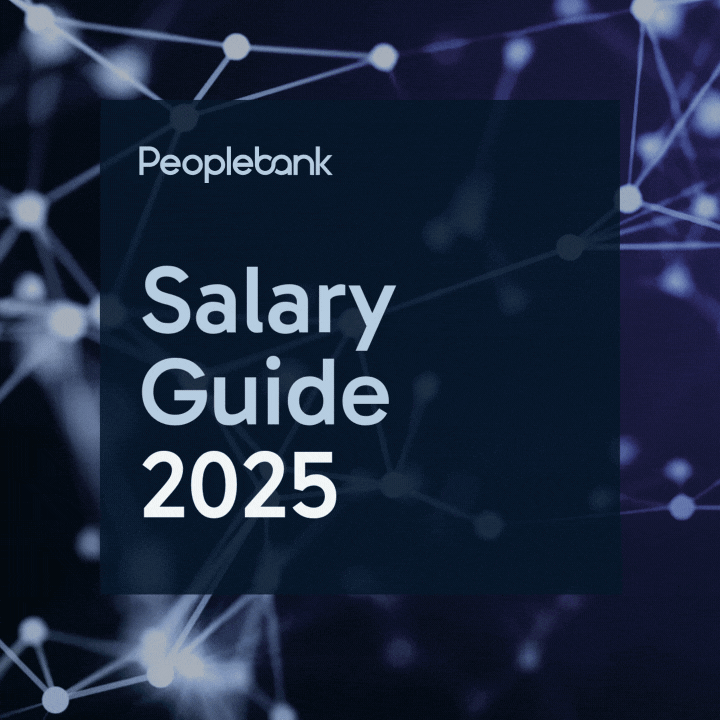Pathways Into Cybersecurity: Is There a Right Way In?
How to stand out, or step in, to a growing field.

Cyber security continues to be one of the most in-demand areas of IT, with businesses facing mounting threats and needing professionals who can protect their infrastructure, data, and users. But for those looking to break into the industry (or move up within it) there’s often confusion about what the ideal path looks like.
Is a university degree essential? Do short courses count? Does infrastructure experience matter? In truth the best path often depends on individual priorities and contexts, but hopefully we can pass on some insights that lift the veil when it comes to navigating or crafting a career in cybersecurity.
There’s No One-Size-Fits-All Path
While some roles still list formal degrees as a prerequisite, many employers today are open to varied forms of experience and training, especially when candidates can demonstrate hands-on knowledge and a security focused mindset.
For example, programs like a six-month Application Development course or intensive real-world learning (like Leaders IT’s’ CUSP program), include industry placements or project-based assessments that are incredibly effective for opening doors to employment. As Senior Sourcing Specialist, Patrick Schumi affirmed, “in the right context you’ll often get just as much value from one of these focused programs as a broader three-year bachelor’s degree.”
Two Common Entry Routes Into Cyber Security
For those serious about a cyber security career, two clear entry points tend to emerge:
- The Infrastructure Path
Starting out in roles like infrastructure engineer, network engineer, or system administrator allows professionals to gain a broad understanding of how systems connect and operate. Over time, they build a “security lens” into their work and transition into cyber-specific roles with a deep understanding of the environments they’ll be protecting. - The Direct Cyber Path
Others pursue cyber security certifications or degrees from the outset, aiming to move straight into an entry-level security role. This can work, but it may offer a narrower perspective compared to someone who’s worked across multiple IT domains.
When it comes to senior or specialist cyber roles, that infrastructure lens is often a game-changer. From the perspective of a specialist recruiter, Patrick says, “If you’ve worked across networking, platforms, and systems, your security thinking becomes broader. It’s not just about spotting one vulnerability; at the higher levels you need to be aware of a diverse range of risks others might miss.”
What Do Employers Really Want?
While some clients request very specific experience backgrounds, most employers prioritise practical experience and adaptability.
Some are looking for generalists they can train on particular tools or technologies. Others prefer candidates who’ve grown into cyber roles through other IT disciplines. The consistent key is showing a strong foundation in IT and a clear interest in security.
From his experience Patrick said, “there are more doorways open to those who’ve built a solid IT background and then transitioned into security. That foundation can make someone more effective in a cyber role, and more attractive to a hiring manager.”
Making the Move: Advice for Mid-Career Transitions
If you're already working in IT and looking to shift into cyber security, a great first step is to lean into the security elements of your current role.
Whether you're in network engineering, cloud infrastructure, or even development, there’s likely a security angle to your work. Flag that interest to your manager, take on related tasks, and consider upskilling through targeted certifications.
Then, look for bridging roles like security-focused network engineering or architecture, which blend existing skills with a stronger cyber emphasis. These stepping stones can eventually lead to fully specialised security roles.
The Pursuit Will Pay Off
There’s no universal blueprint for getting into cyber security, and that’s a good thing. Whether you’re coming from a structured university degree, a coding bootcamp, or a general IT background, what matters most is your curiosity, practical experience, and commitment to learning.
At Peoplebank, we’ve seen successful cyber professionals evolve through all kinds of journeys. If you're looking to explore the next step in your cyber career or find the right candidate for your team, get in touch with us.






















